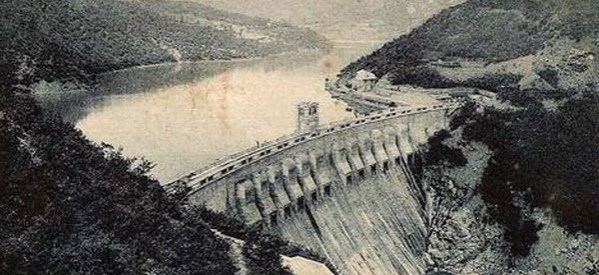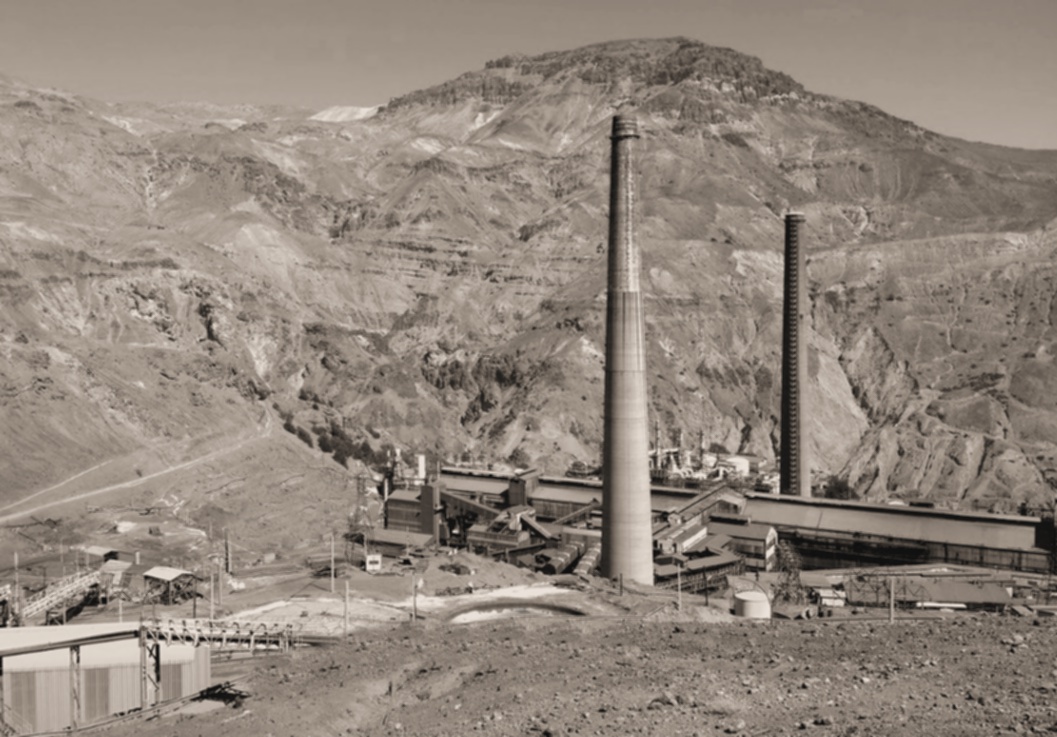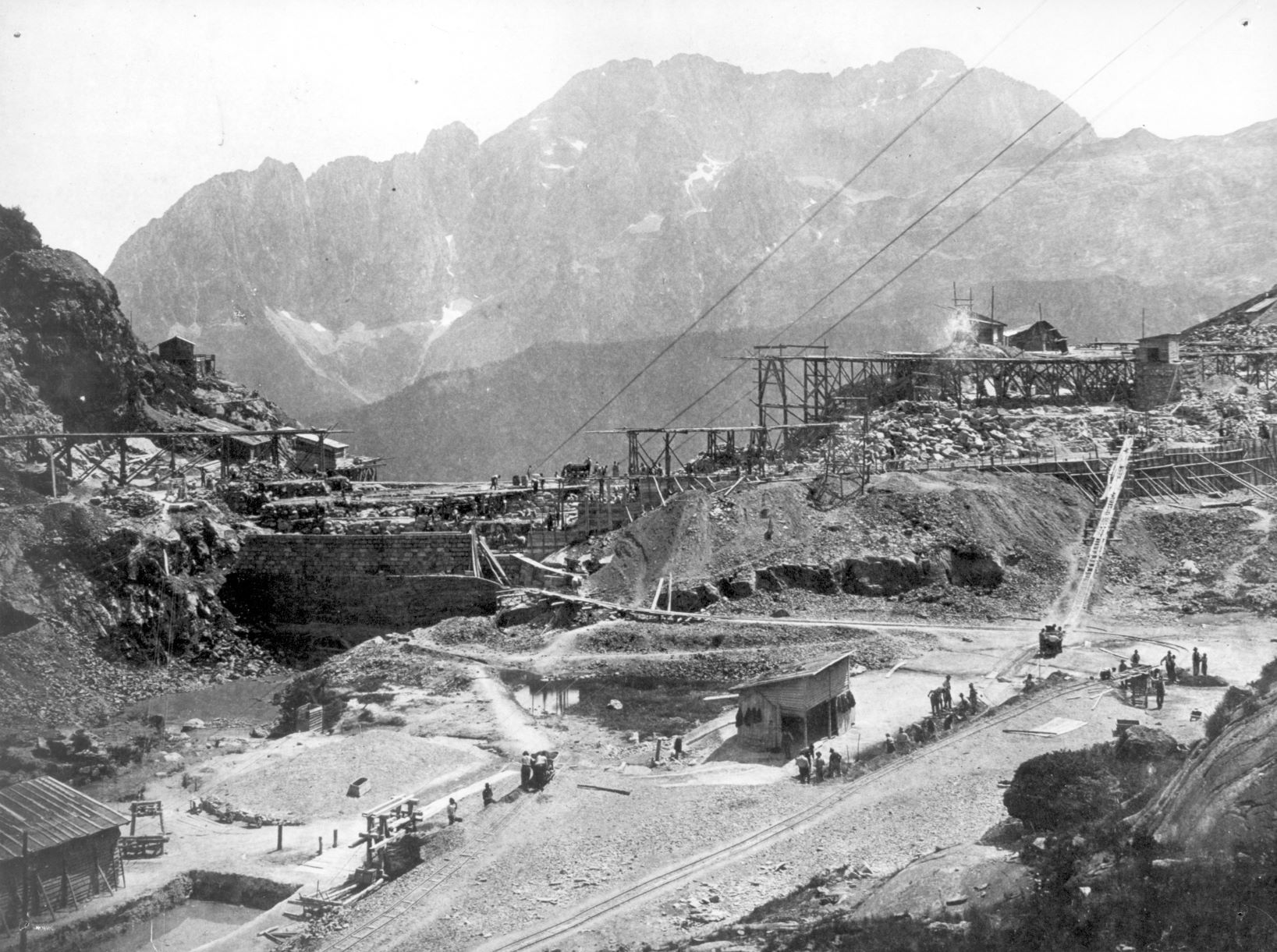Die Katastrophe des Vajont – 1963
Um 22 Uhr 39’ des 9. Oktober 1963 löste sich ein riesiger Erdrutsch aus zirka 270 Millionen Kubikmetern Felsen und Gestein von den Hängen des Monte Toc und stürzte in den Stausee von Vajont (in der Provinz Pordenone in Friaul-Julisch Venetien, Norditalien). Die dadurch entstandene Flutwelle zerstörte innerhalb von wenigen Sekunden das Gebiet auf der gegenüber liegenden Seite und jenes unterhalb des Stausees. Die Stadt Longarone (in der Provinz Belluno – Venetien) sowie andere kleinere Ortschaften im Piavetal wurden fast vollständig zerstört. Schätzungen zufolge fanden 1910 Menschen den Tod. Drei schwerwiegende menschliche Fehler führten zu dieser Katastrophe: erstens war der






